What kind of fish is the Cuttlefish
With millions of pixels like cells, Cuttlefish are the chameleons of the sea :
Their skin is breathtakingly complex, providing them with very useful benefits in nature. Indeed, they can change the appearance of their skin like : color, contrast, and even texture in less than a second both to hunt or not be hunted!
Thanks to the chromatophores (pigment cells reflecting light) present in its skin, the cuttlefish can either hide or display bright colours to attract its prey at arms reach. Cuttlefish protect themselves from enemies by hiding in plain sight pretending to be a rock or blending in perfectly with a patch of sand. |
|
Are cuttlefish dangerous ?
Cuttlefish are totally harmless to Humans and usually quite inquisitive and friendly. Not common in Thailand, the Flamboyant cuttlefish (Metasepia Pfefferi), is the only poisonous cuttlefish. But they do not sting or bite so you would have to eat it to endanger yourself... This species is quite small, poor swimmer, it walks on the sand thanks to two tentacles and hunts by day. The base color of Flamboyant Cuttlefish is brown, allowing them to blend in with the sands that cover the ocean floor. Nevertheless, when they hunt or seek to attract a mate for reproduction, they are true to their name and their skin takes on the colors of fire or blazing trees. Indeed, it is covered with brown but also with dark red, yellow and purple... The most common cuttlefish we encounter when diving in the Andaman sea are Pharaoh cuttlefish (Sepia pharaonis) an inquisitive dive buddy! |
|
Cheeky Cuttlefish playing lady-boy !
Surprisingly there are a lot more males than female cuttlefish (up to 11 males per female!). Which means mating is a highly competitive game for the males and the strongest individuals are ready to fight for it. Smaller males have developed smarter techniques to get a chance…. When the male cuttlefish is wooing a lady, he often "cheats" by painting typical female patterns on one side of his body, seen by a rival male and sexy male colours on the side facing the female. That trick cuts the aggressive behaviour of its larger rival (who only sees two females in front of him) and increases the chance for the cheeky cuttlefish to mate. Just like Octopus can open jars, cuttlefish have proved their intelligence with this delayed gratification, if given the choice between a dead shrimp now or a live shrimp (their preference) in a minute, they will wait a minute for their favorite choice! We could say that they have more self control than most kids ! |
Cuttlefish are not currently considered to be endangered, but some species of cuttlefish may be at risk due to various factors such as overfishing, habitat destruction, and climate change.
Overfishing is a major threat to many species of cuttlefish, as they are often caught as bycatch in fishing nets or targeted for their meat and other products. Habitat destruction, including the degradation of coral reefs and coastal habitats, can also negatively impact cuttlefish populations.
Climate change is also a potential threat to cuttlefish, as rising sea temperatures and other environmental changes can alter the habitat and availability of their preferred prey, and may make it more difficult for them to survive.
It is important to carefully manage and protect cuttlefish populations to ensure that they are not threatened by these and other risks. This can include measures such as sustainable fishing practices, habitat restoration, and efforts to mitigate the impacts of climate change.
3 more cool cuttlefish fun facts for the road :
|
1- Cuttlefish are fully developed before they have hatched and can even react and change color in reaction to something they see beyond their eggshell ! 2- Cuttlefish have copper based blood making it green instead of the iron based red blood making up most other earth inhabitants 3- The color Sepia, comes from cuttlefish ! The sepia colored ink they send when they are scared was used as a writing ink before |
And fee free to read some more fun facts about the Andaman Sea inhabitants on our blog !

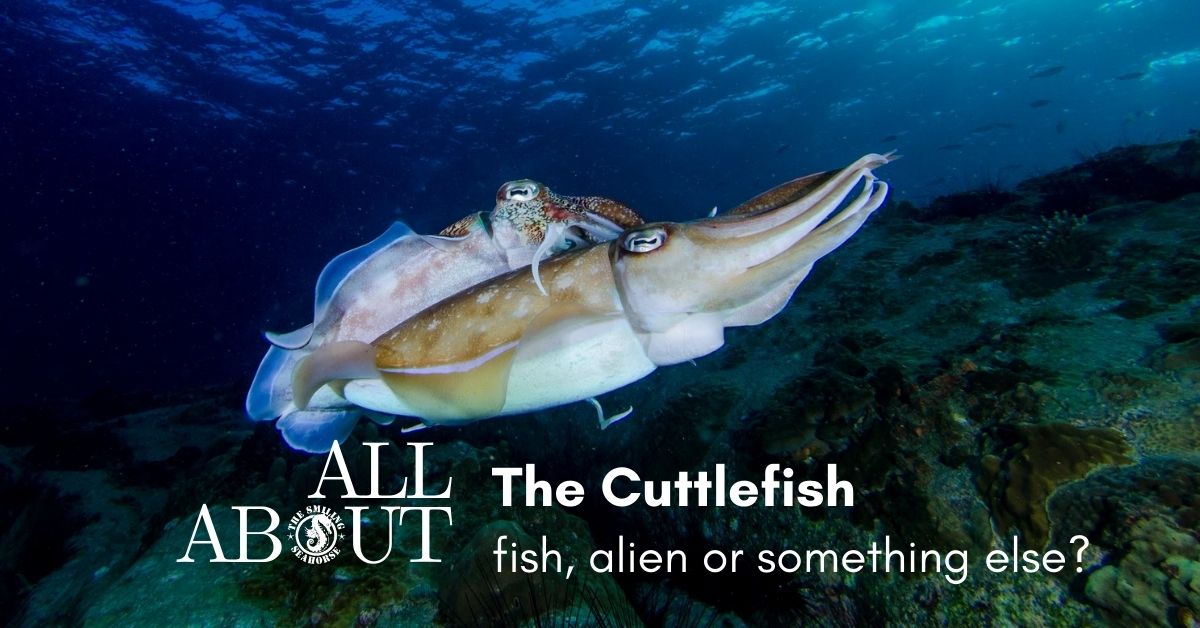
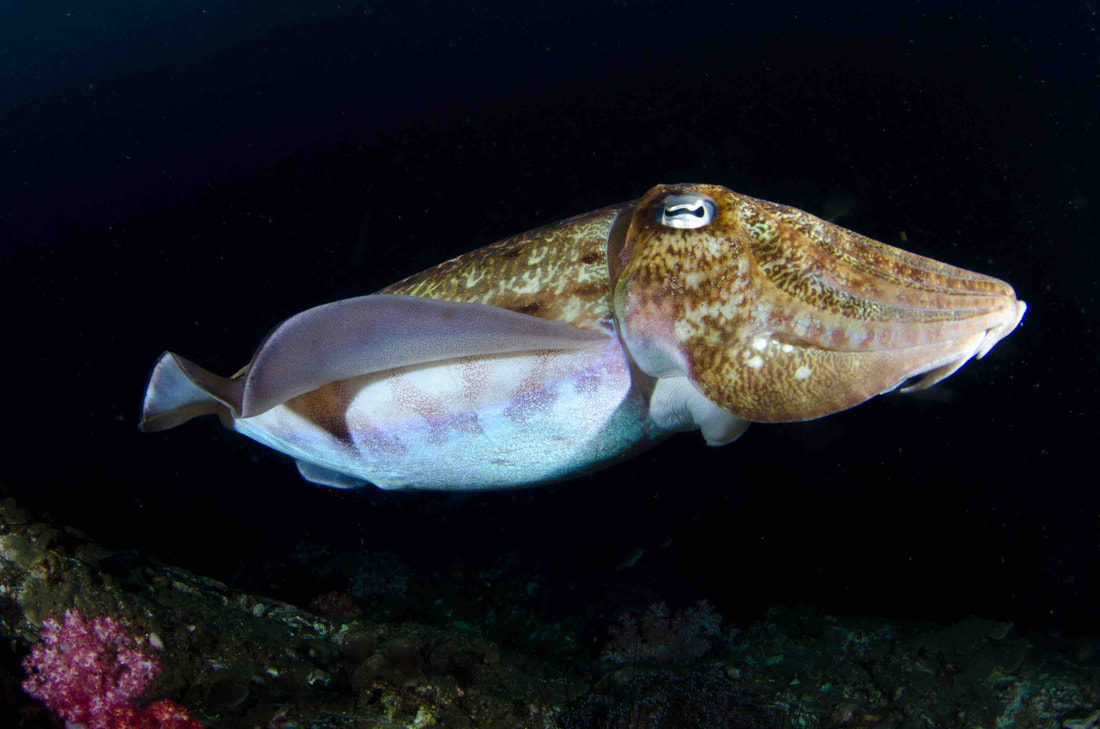
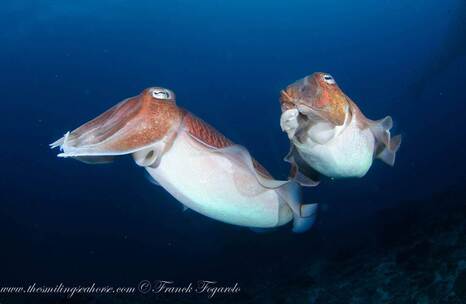
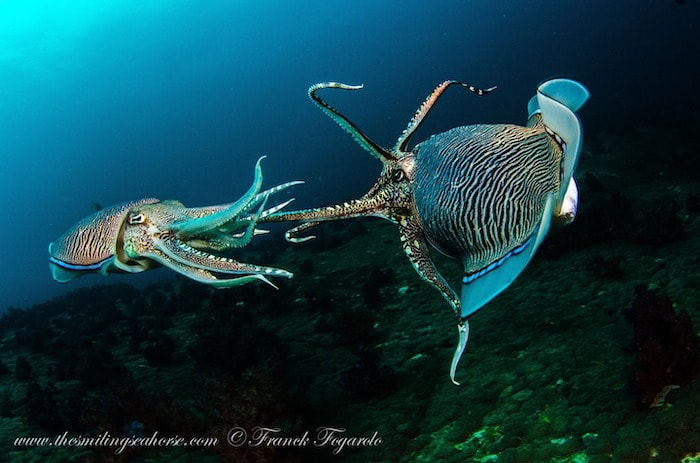
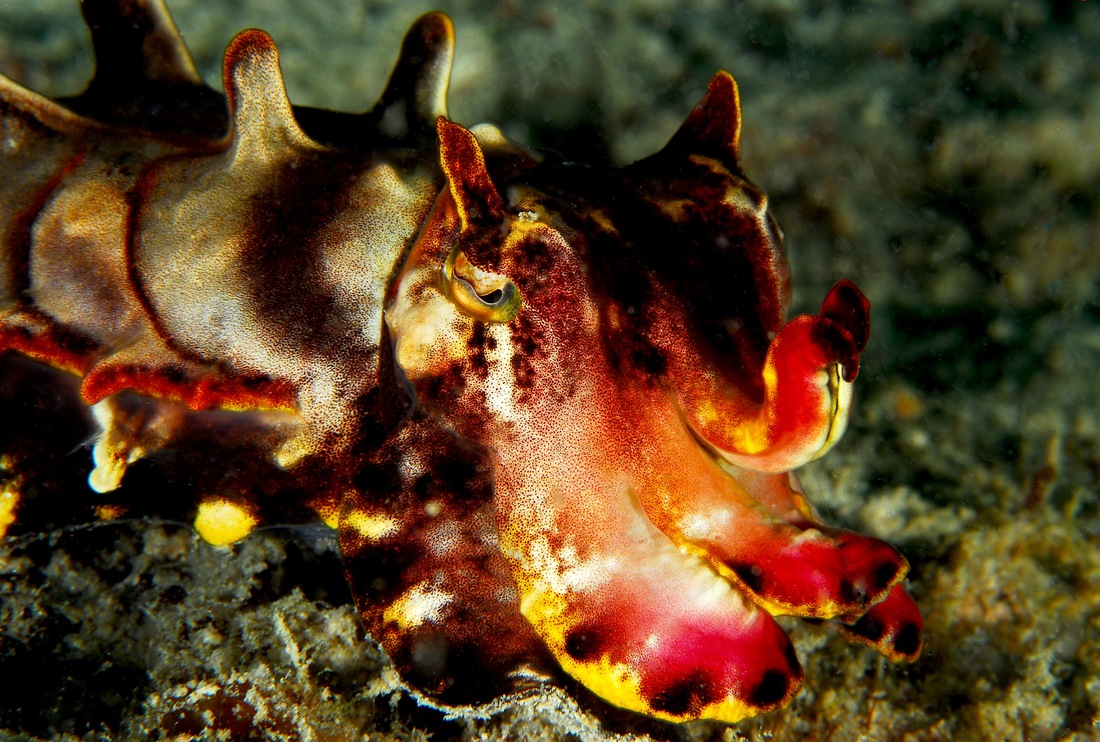
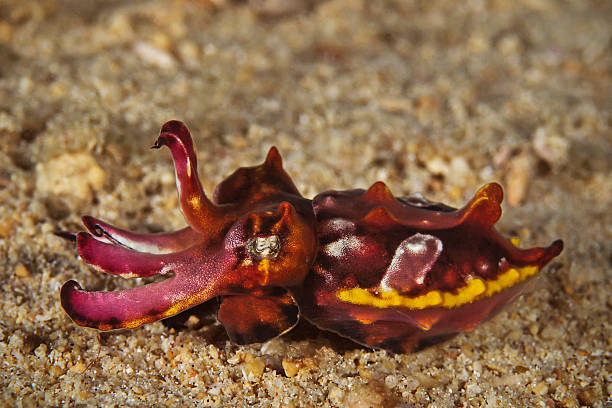


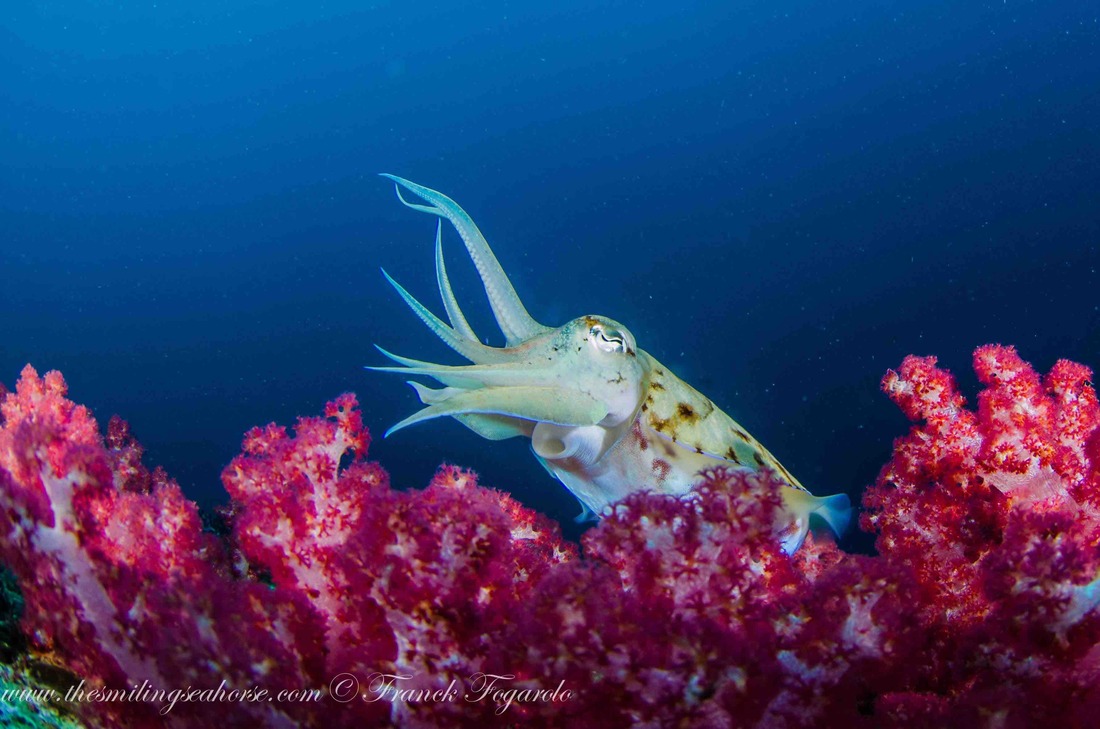
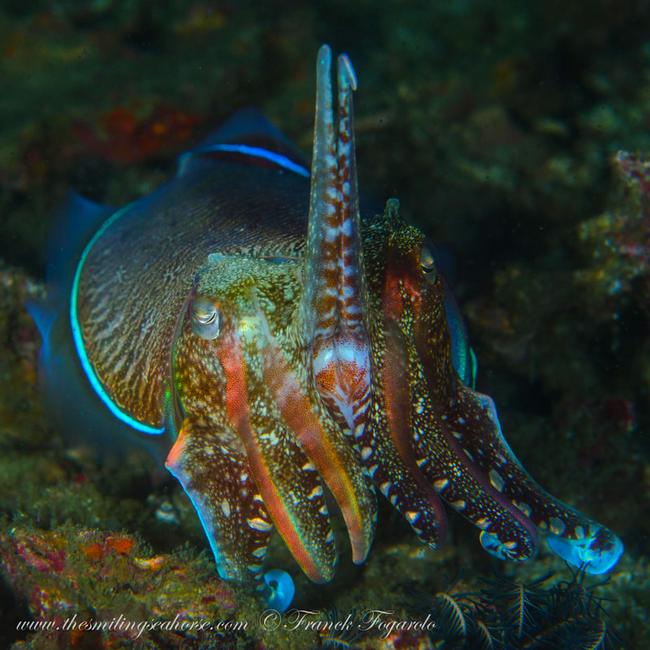
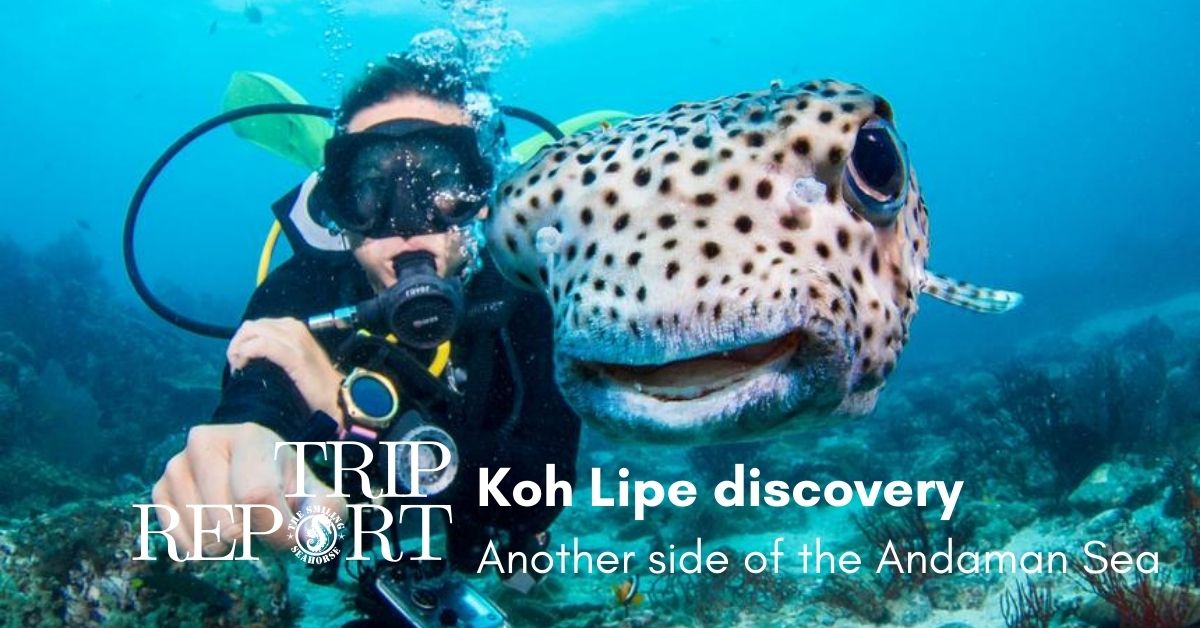
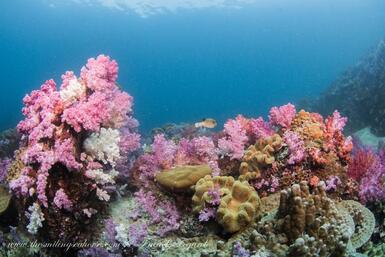
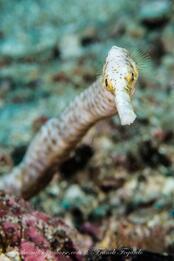
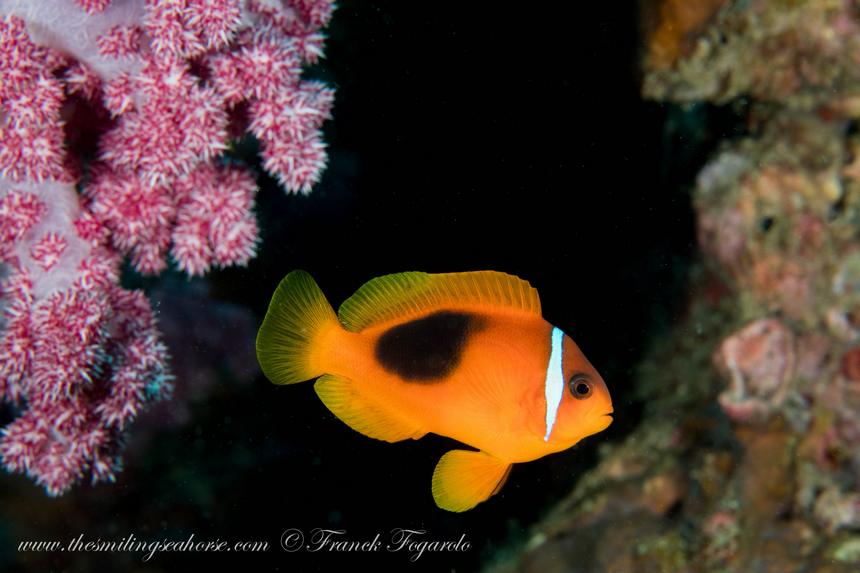
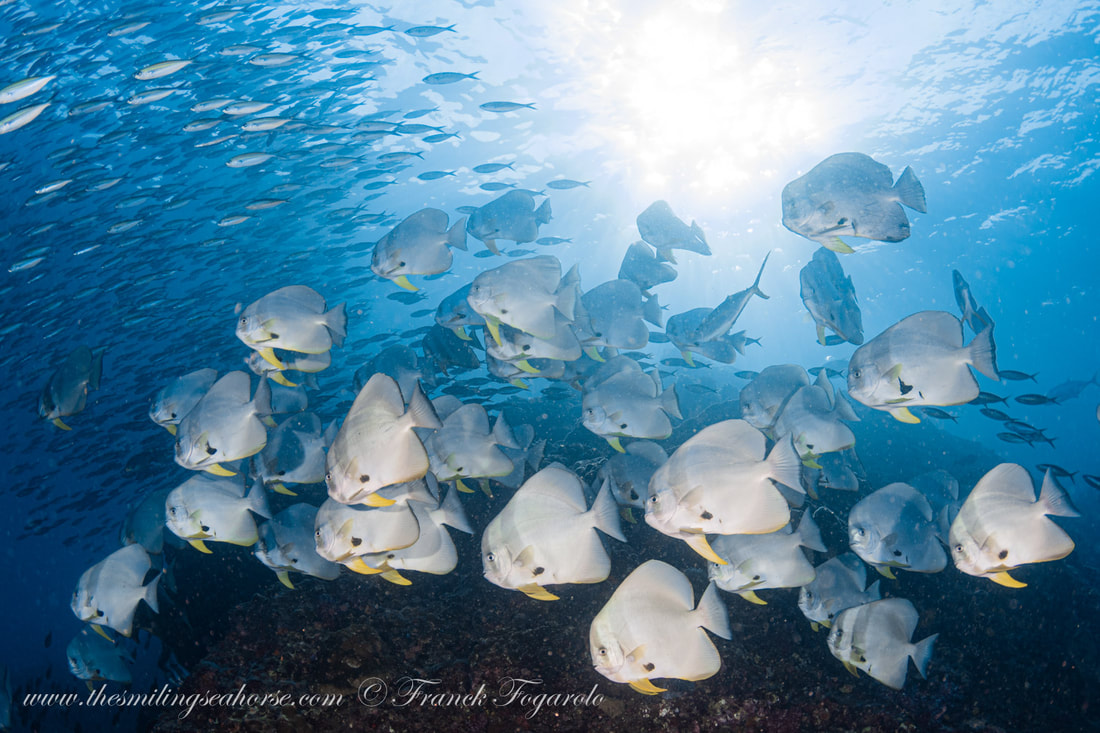
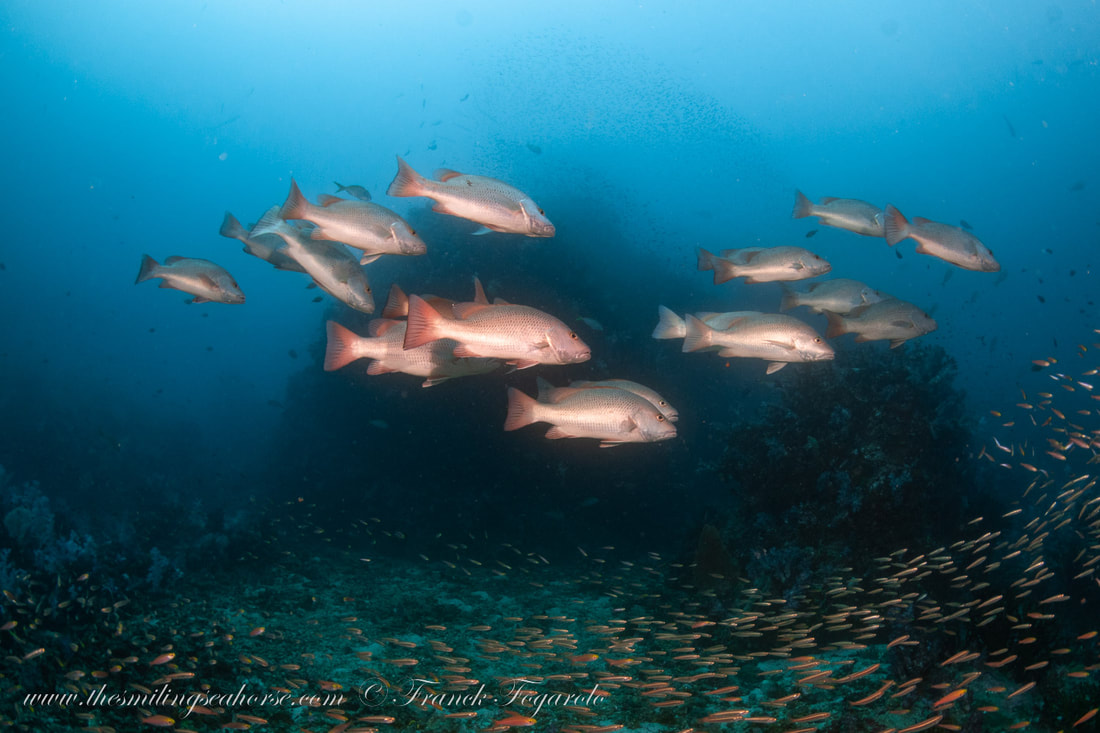
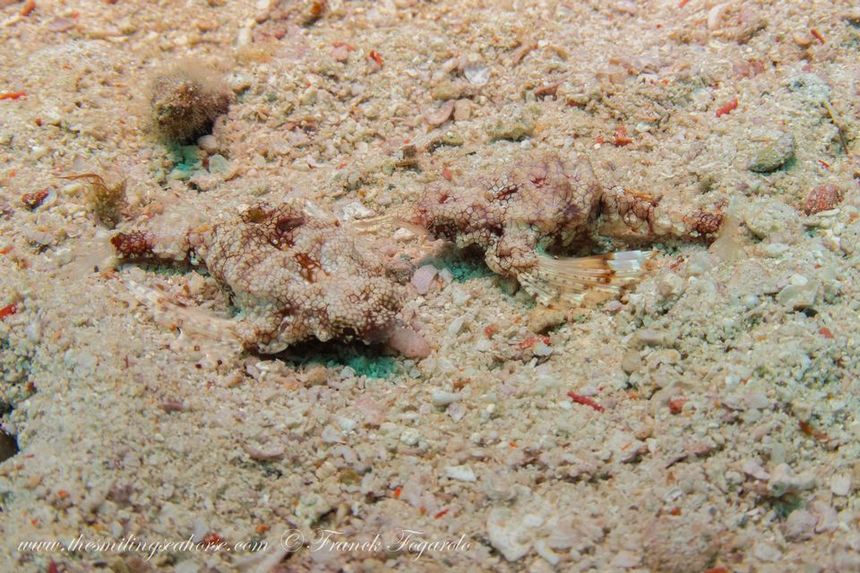

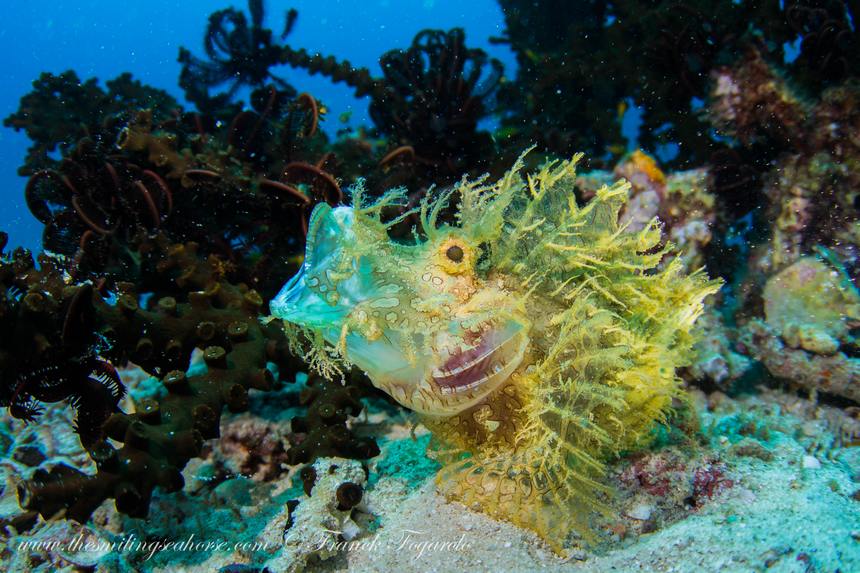
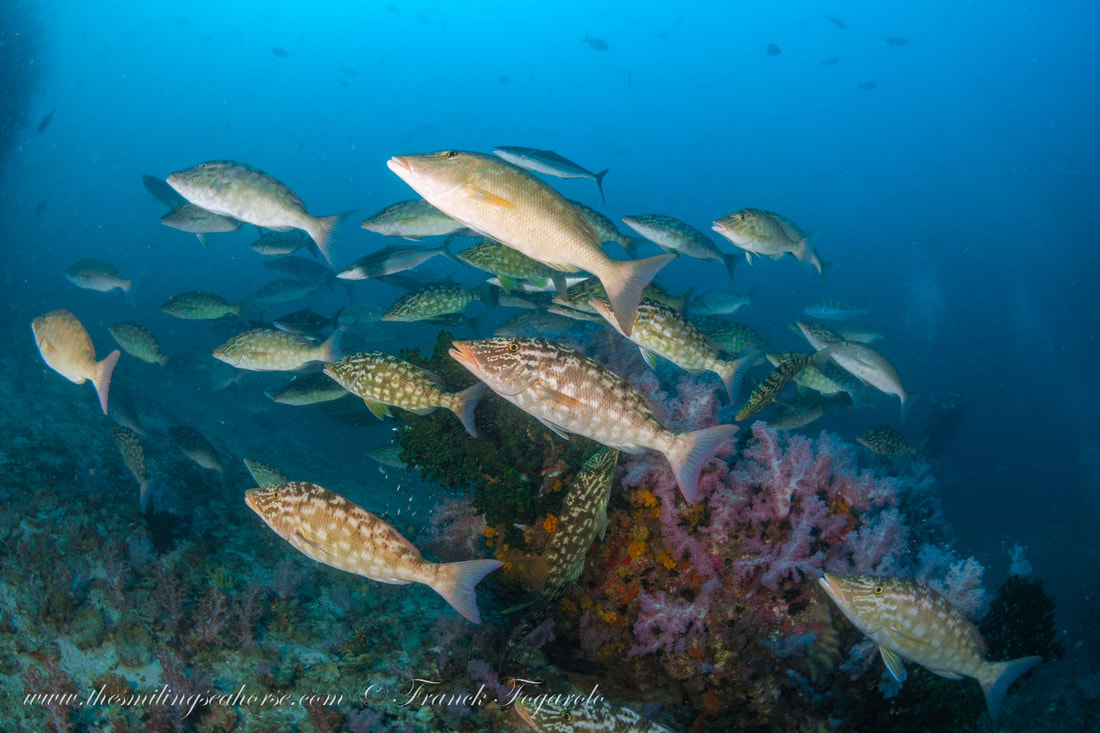
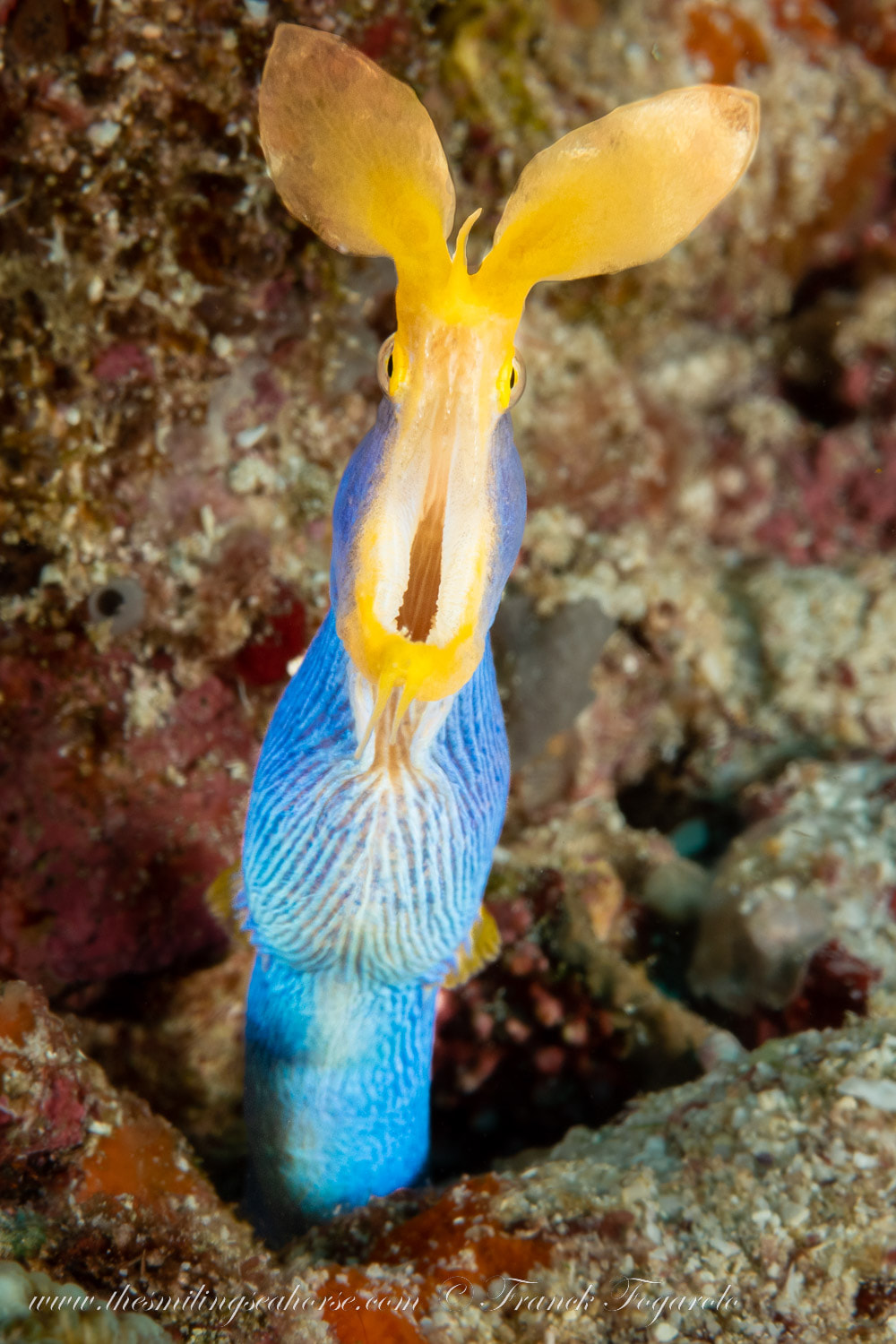
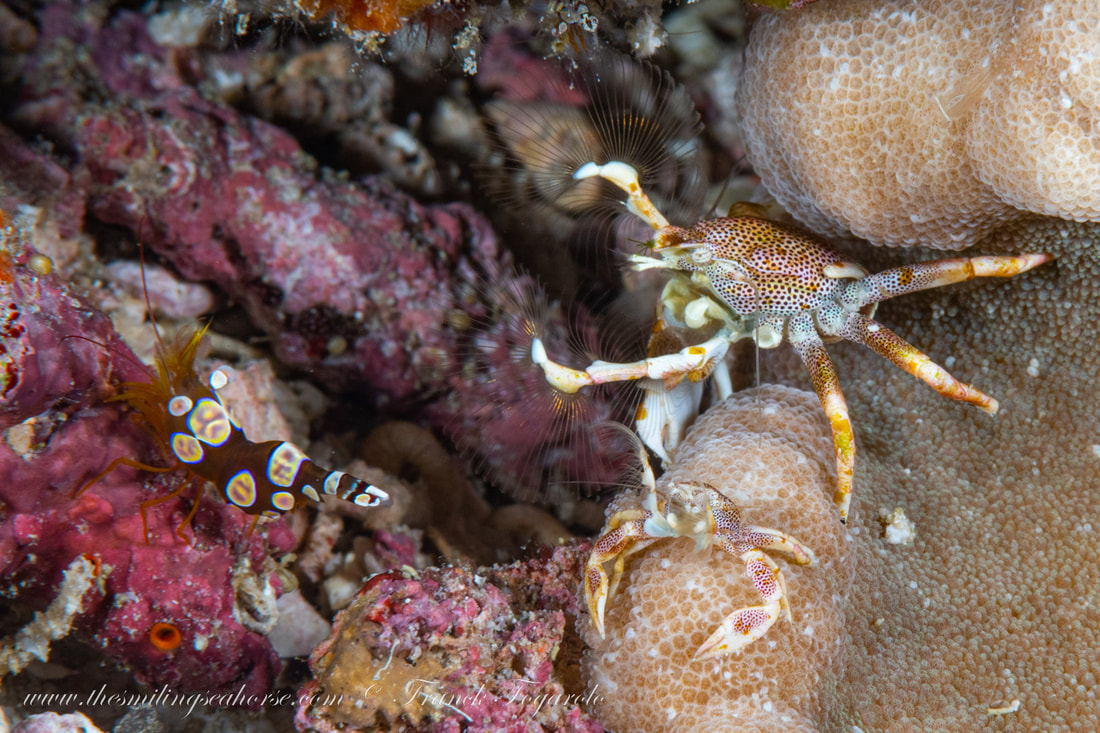
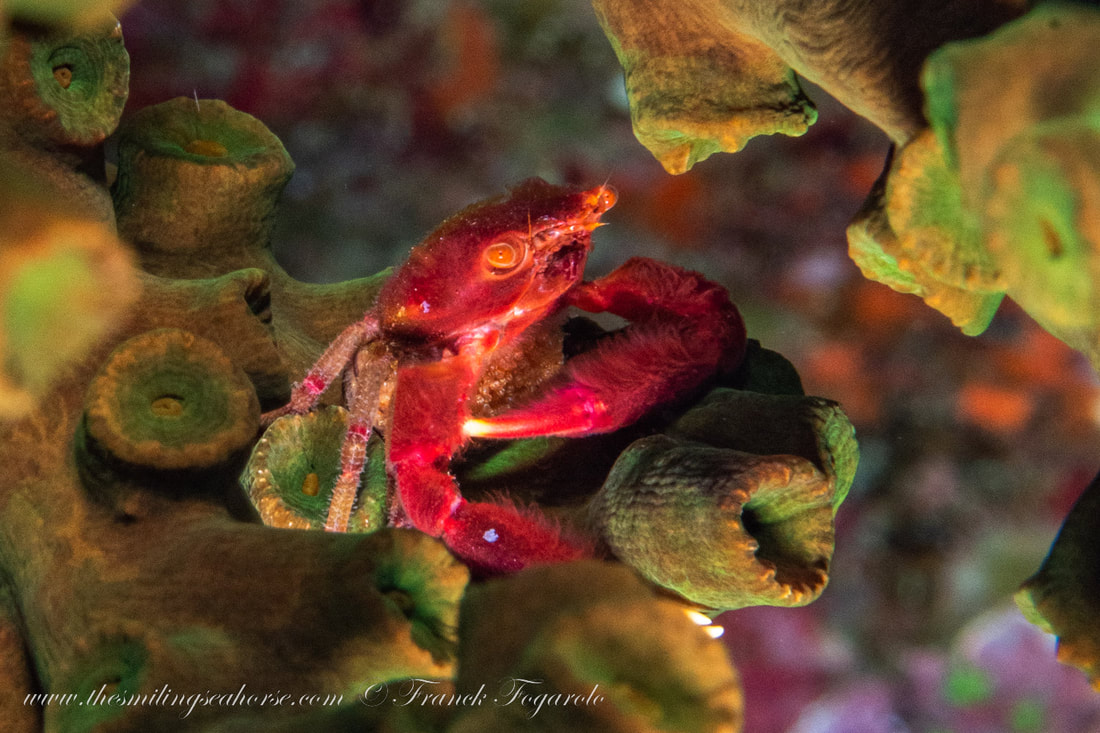
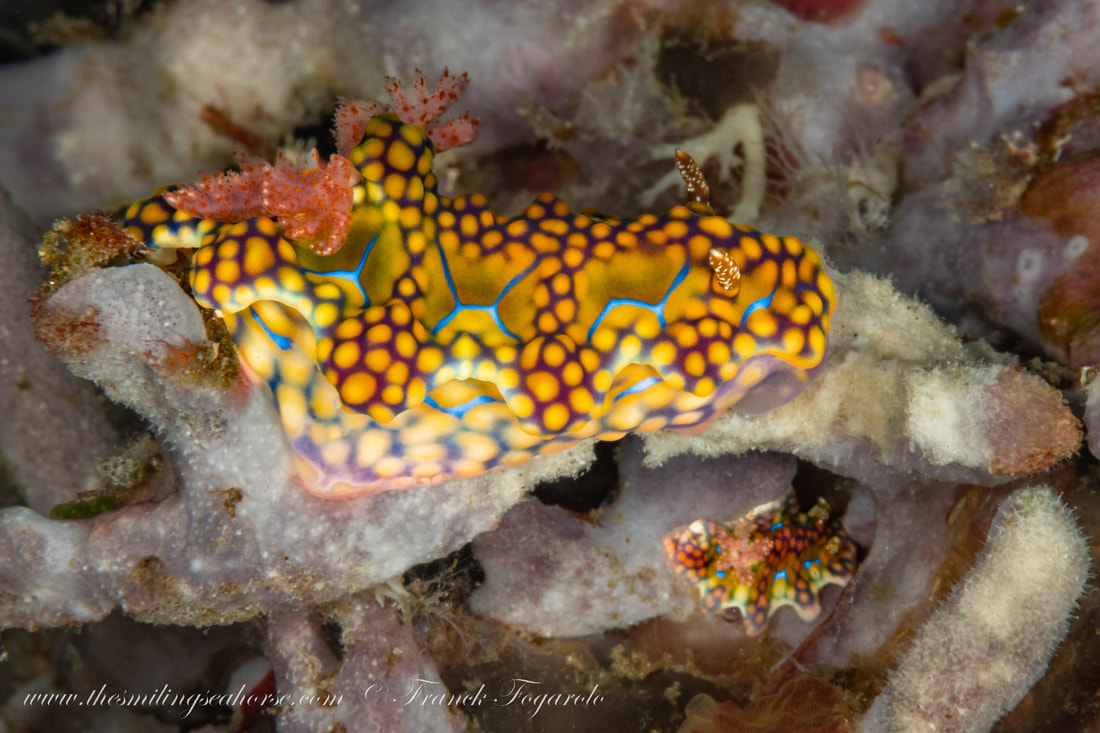
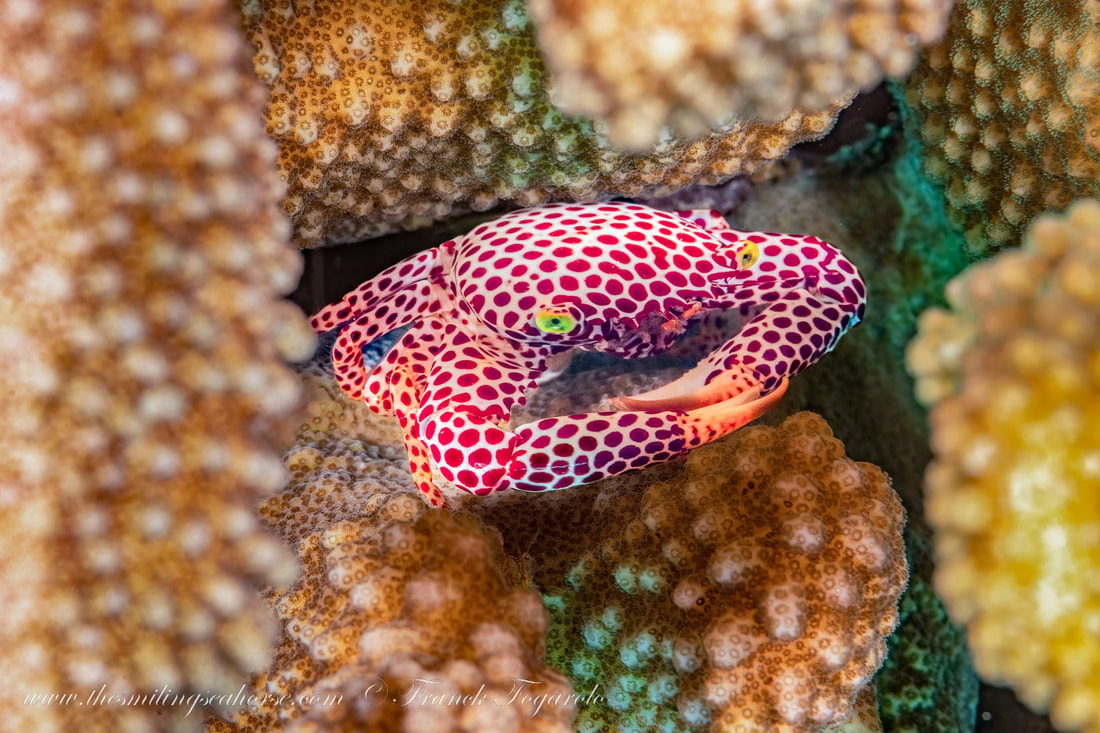
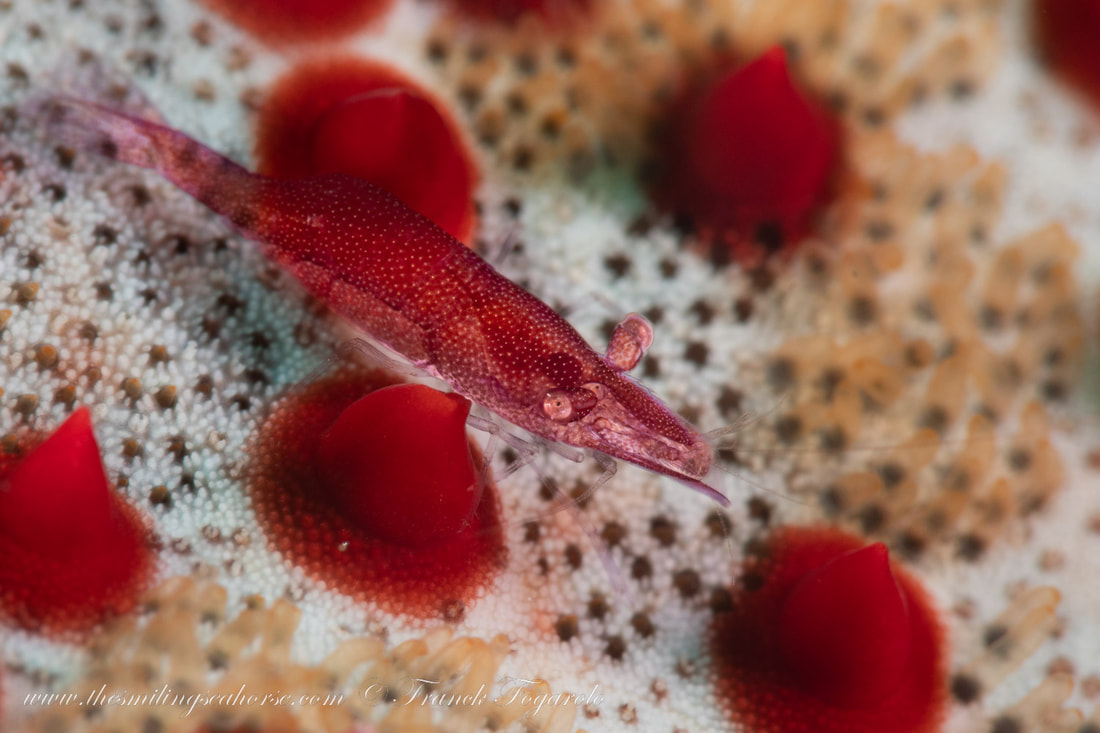
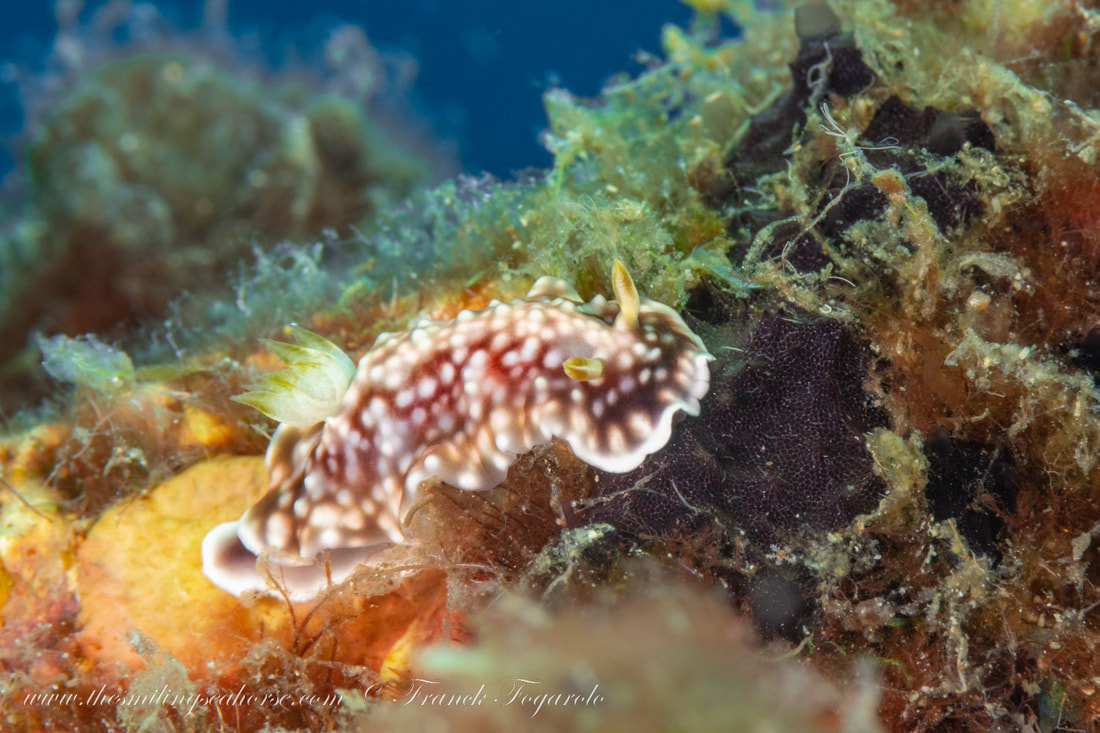
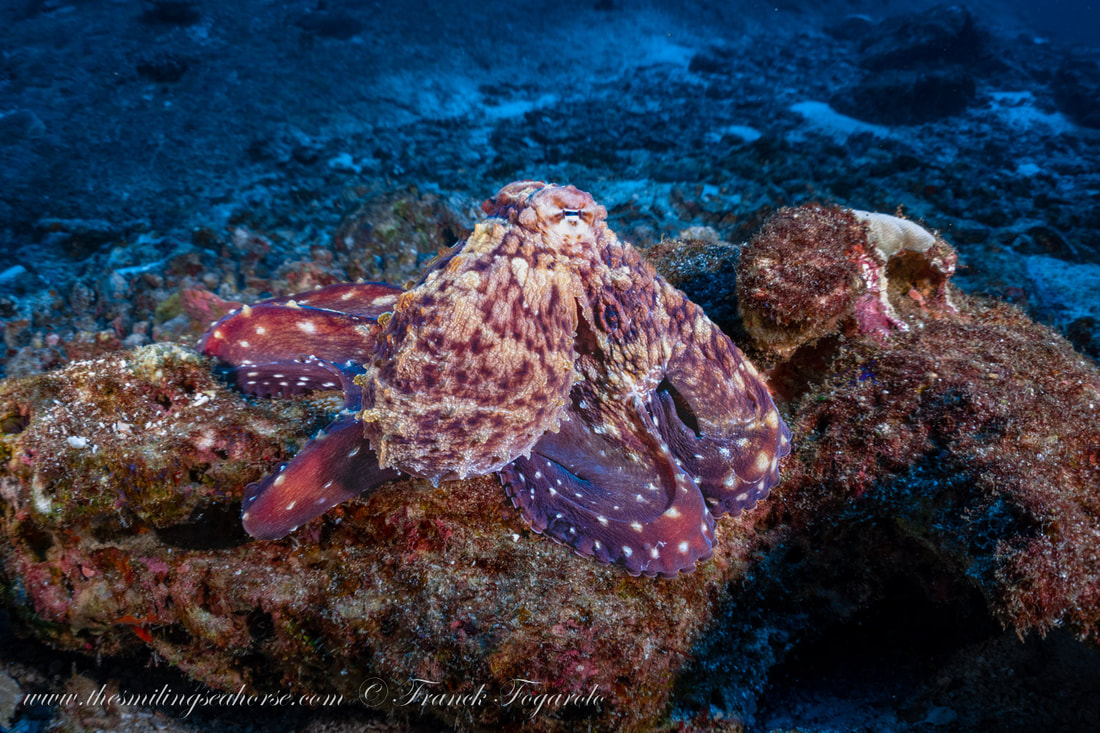

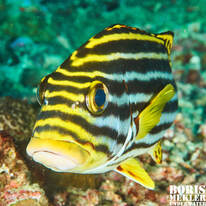
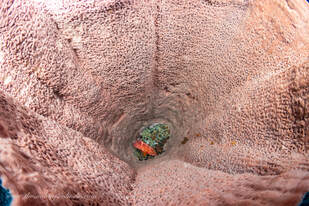
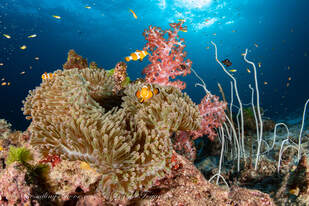
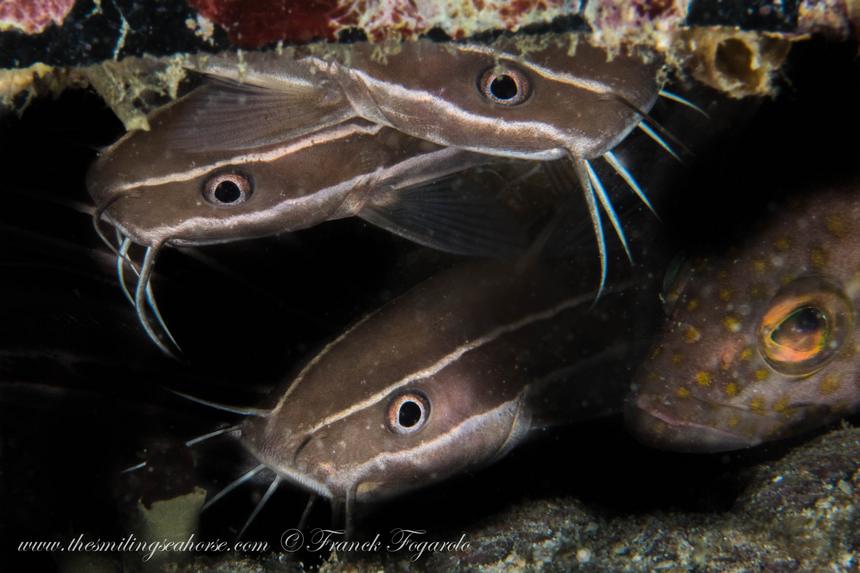
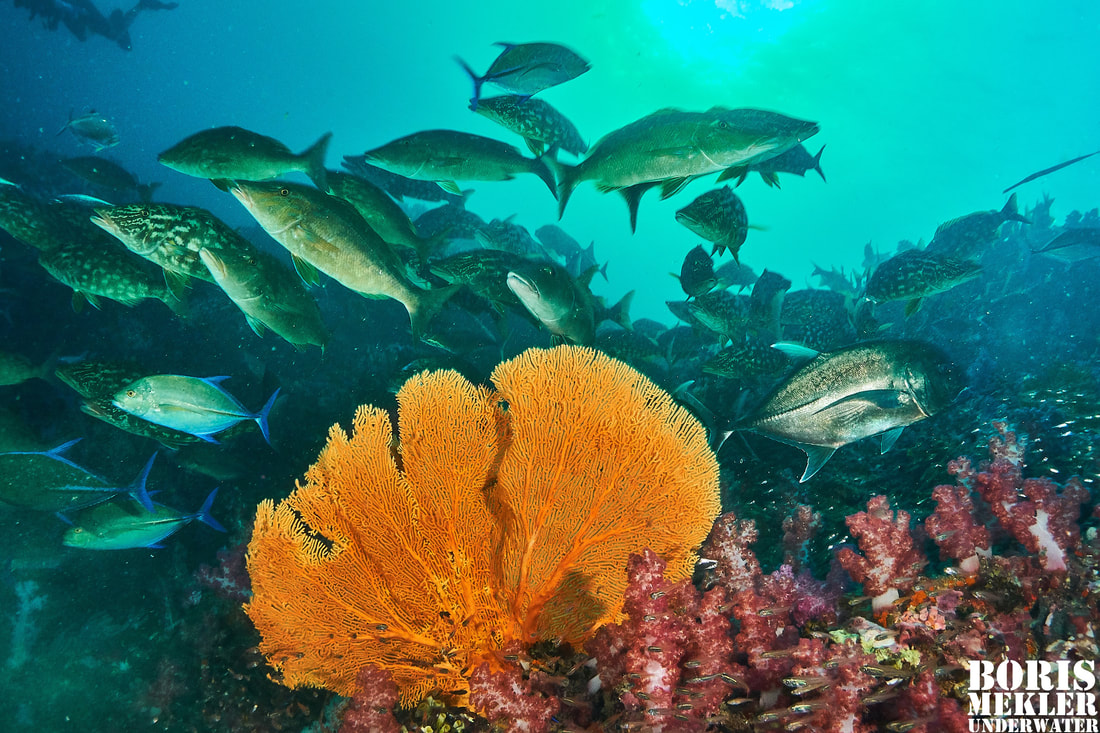
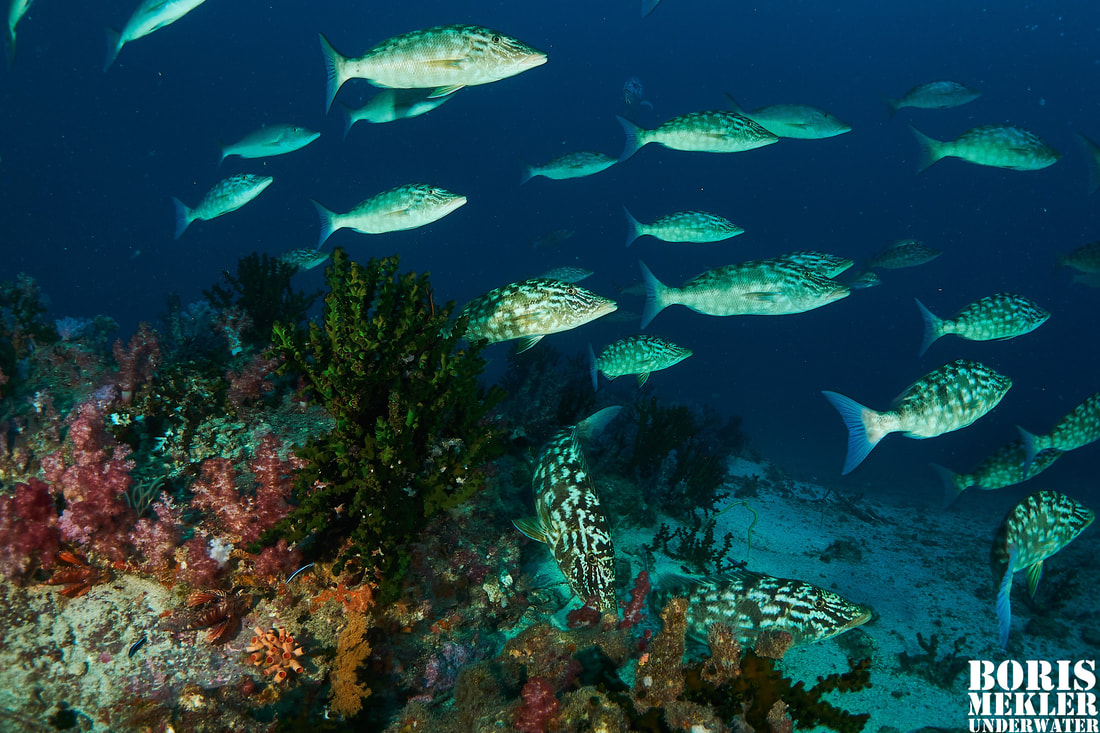

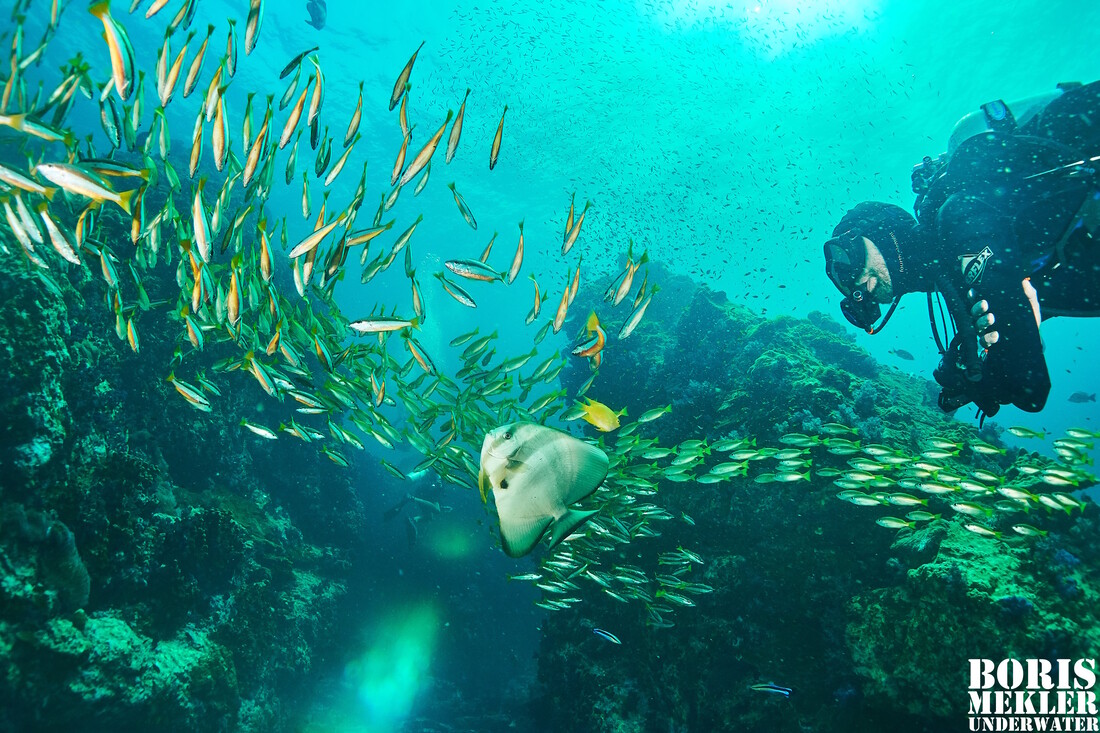
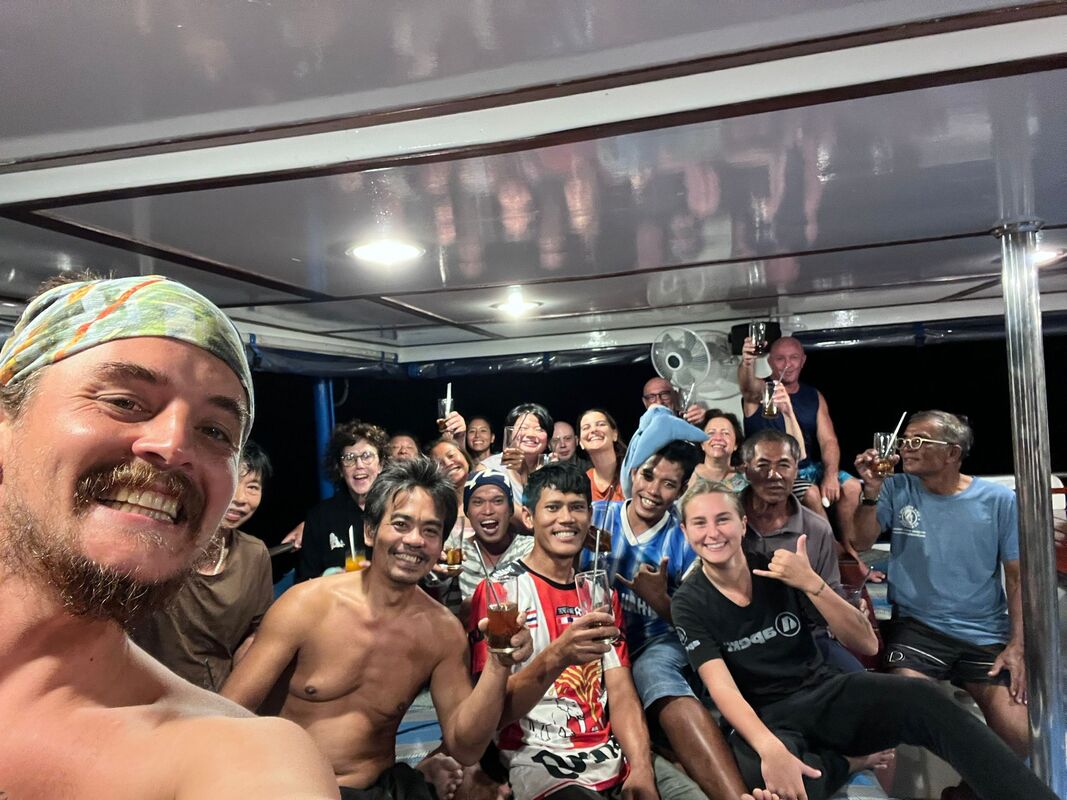
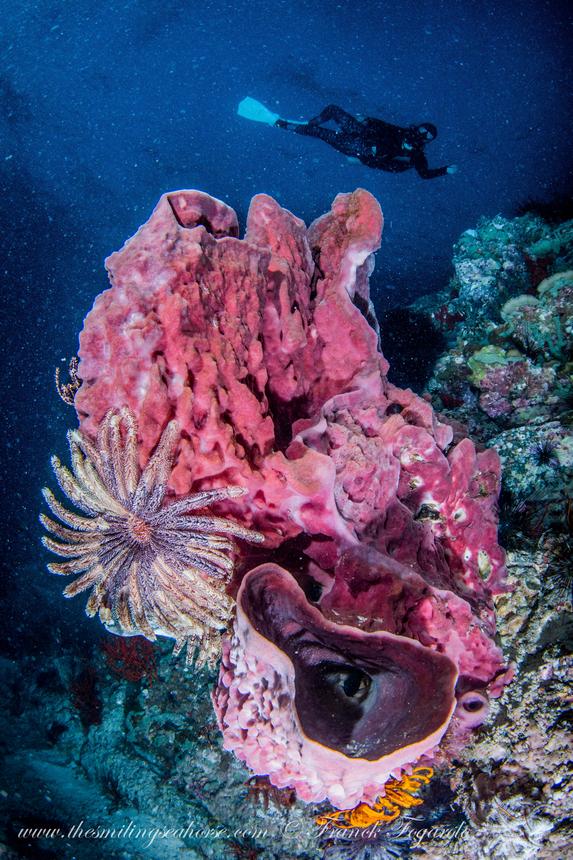
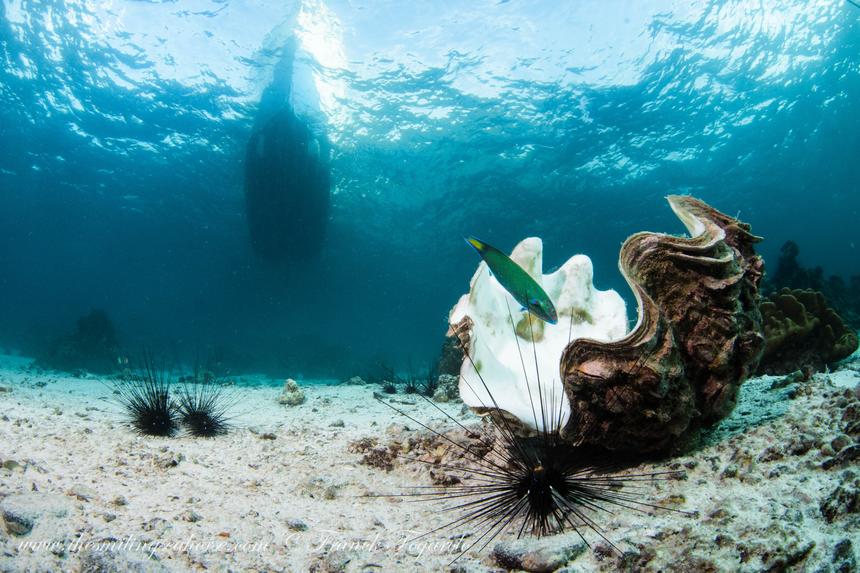

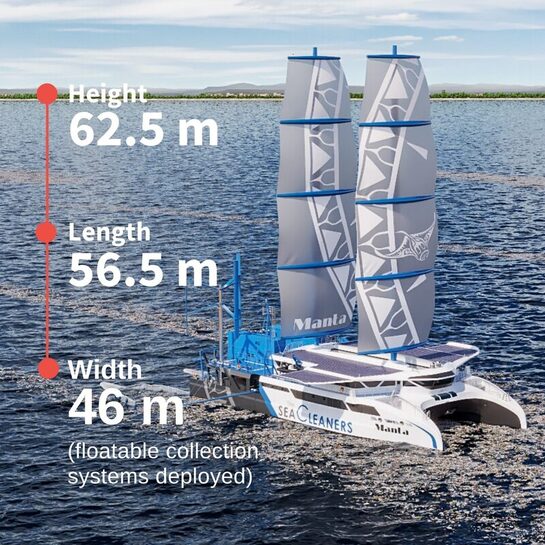
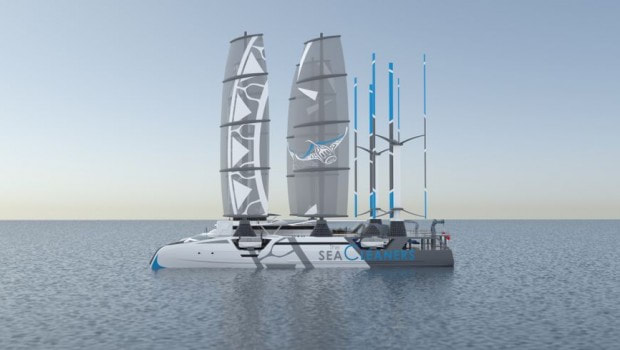

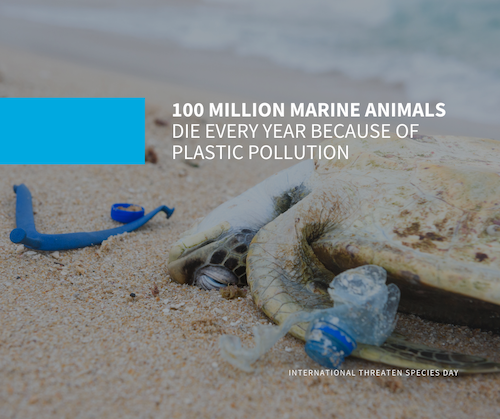
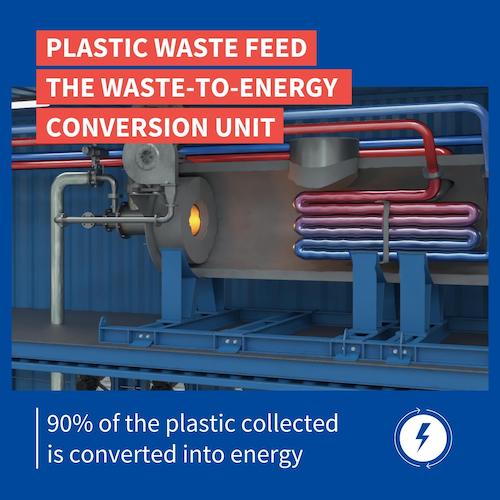
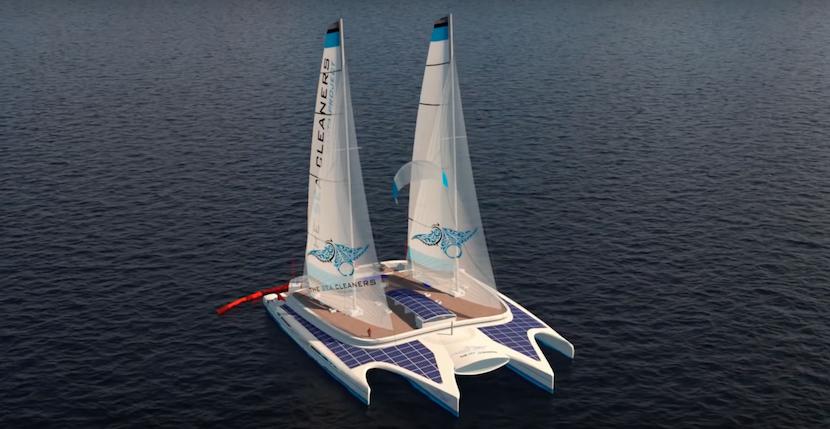

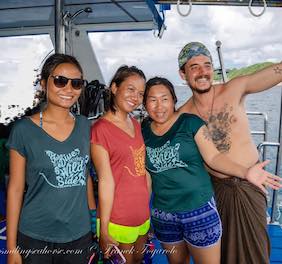
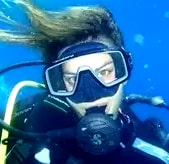

 RSS Feed
RSS Feed




